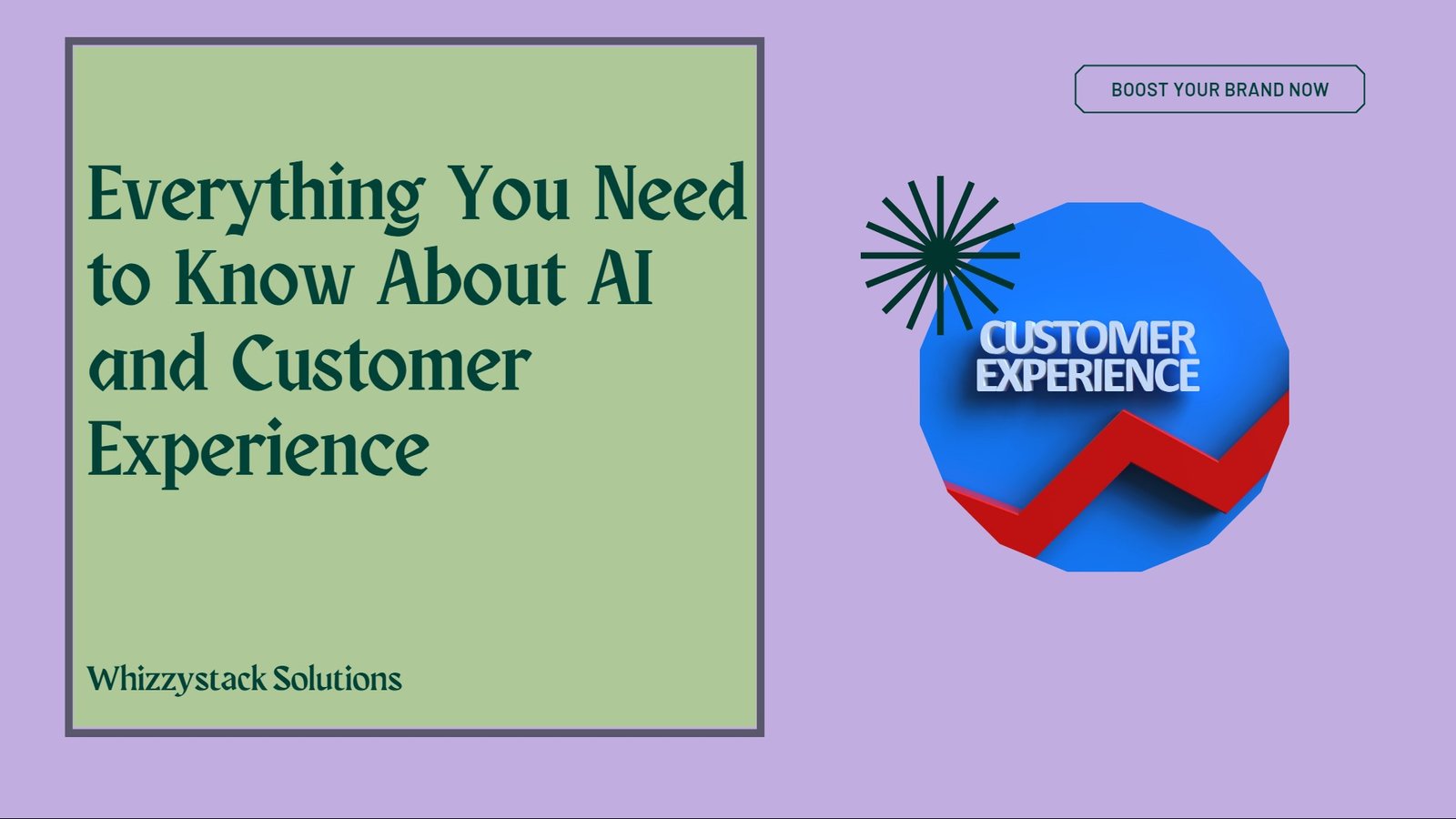According to a study by Microsoft, 95% of all customer interactions will be driven by artificial intelligence (AI) by 2025. Businesses from start-ups to large enterprises increasingly use AI solutions on the customer journey at all touchpoints.
The focus is on delivering a reimagined customer experience and an integrated and personal end-to-end experience.
AI and customer experience start with your CRM and customer data platform (CDP) software. Thanks to lower costs and more use cases, AI has made inroads into over 70% of businesses in America.
Let’s start by looking at four key benefits of introducing AI to your customer service environment.
Why use AI in your CS ecosphere?
AI tools make customer service more straightforward and efficient while giving the customers quicker solutions and a personalized customer experience. This result has several spinoff benefits for the business as well.
- Convert big data into customer insights: Every customer interaction generates data. Beyond a point, you need AI applications like customer data platforms (CDPs) to process the data into valuable customer insights like their preferences and buying patterns. You can then use these insights to cross-sell or recommend products.
- Reduce the average handling time (AHT): AI tools like chatbots address and resolve routine customer issues almost instantly, freeing up the human resources to resolve more complex issues. That makes the CS process more efficient.
- Create a Positive and Seamless Experience: Implementing AI across all customer touchpoints makes the customer management process more straightforward. Routine tasks like sending personalized and customized emails and receiving customer feedback are addressed quickly and easily by AI tools. A win-win for both the customer and the CS team.
- 24/7 Availability: AI allows for 24/7 availability, even when the staff is offline. That is particularly important to companies with a global footprint across multiple time zones.
The connection between AI and customer experience is scaling across all touchpoints, as AI becomes an integral part of all CS, B2B marketing, and operational software. This technology is already a part of our day-to-day life. Think of the websites you visit and the chatbots you use to seek information or the mail campaigns you receive from your online purchase platforms.
Let’s now look at five ways AI applications can take your customer service to the next level.
1. Helping Customer Support Teams
Automation helps ease the workload of the CS teams by taking away the routine customer issues, thereby allowing them to focus on more value-driven functions. The use of chatbots that run on AI is one such AI automation tool. A hybrid integration between human resources and chatbots resolves most issues quicker for the customer and eases the load on the CS team.
The AI and CS integration start with the customer typing in the query or issue in the conversational chatbot. The chatbot then picks the top solutions or replies and forwards these to a human resource who then selects the best match. Suddenly, the CS team only spends a few seconds per customer to resolve the routine issue instead of ten minutes.
By automating basic and routine tasks, a business can reduce the load on its customer service agents and allow them to focus on complex value-added tasks that require a human interface. That helps reduce stress while raising the engagement and motivational levels of the employees, thereby making the CS team more efficient and productive.
AI and customer service are often the last miles in a brand’s journey towards connecting with its customers. The more motivated and engaged the team is with your brand, the better the customer experience. That creates a virtuous cycle that goes a long way towards enhancing the customer’s brand experience.
AI is not a replacement for human resources. Instead, it supplements and facilitates their operation. It’s about the CS team spending less time on routine issues and focusing more on value-driving tasks that require a human touch and people skills.
2. Email Verification Tools
You can find another form of AI and customer experience in email verification tools. The effectiveness of any email campaign depends on the accuracy and validity of the email addresses in your mailing list. By using an AI-driven email verification tool to clean up your mailing list, you’re assured of a significantly higher delivery and conversion rate.

Email verification is essential for both B2C and B2B marketing campaigns. They help reduce your bounce rate, improve your sender score, and help you avoid problems with spam filters that can cause your content to get lost in the spam folder. Here’s a handy list of email verifiers if you need a suggestion.
3. Use of Chatbots and Virtual Assistants
Chatbots are conversational AI-based software that is used in multiple customer-engagement scenarios. They simulate human interactions while providing immediate and personalized responses. This method makes customer service more efficient by frustrating delays and human errors. They are highly effective in addressing the high volume of routine questions or customer issues.
Some other CS functions that are well served by chatbots include:
- Personalizing the experience: Let’s suppose Darius is in charge of travel arrangements for executives at his workplace. Rather than visiting a travel agency website, he just uses the agency’s chatbot to book flights and hotel rooms. The chatbot asks for the trip details, puts together a travel plan, gives links to available flights and hotel rooms for the specified dates, and offers different payment options.
- Mobile alerts and updates: Let’s assume Cher ordered a new refrigerator and is waiting for it to arrive. She also has her daily errands to run. Cher receives a message from the online store’s chatbot that the truck is on its way and will reach her in an hour. She can now complete her chores and be back home in time to take the delivery.
A virtual shopping assistant is another variant of a chatbot and an example of the connection between AI and customer experience. It uses machine learning and natural language processing to generate text-based conversations with online visitors. It is used for various tasks, including answering questions, providing product recommendations, and updating order status.
Large brands like Sephora, H&M, and LEGO have adopted virtual shopping assistants. These brands use these virtual assistants on their websites and social platform pages with great success. Virtual assistants and voice commerce are changing how people shop online.

Sephora’s virtual assistant shown above is conversing with the customer and providing both ideas for selfies while also recommending the perfect lipstick color based on the customer’s preference.
4. Derive customer insights
Every online customer interaction generates data that can be analyzed and converted into valuable insights using various AI tools. Based on multiple interactions, AI algorithms can flesh out insights. They can identify the customer’s emotions and sentiments, how they interact with a product, and the section of a web page they view the longest.
Other Articles on Digital Marketing
Gathering customer insights enables you to identify customer purchasing patterns and base values. These insights help a brand build a robust relationship with a customer. They also allow the brand to offer relevant products and services based on the customer’s interests, thereby adding to its bottom line.
Last but not least, consumer insights can also enhance the results of your digital marketing strategy by providing a tailored and personalized customer experience at each stage of the customer journey. Analytics based on artificial intelligence is vital for both effective market research and identifying consumer insights. That helps the brand stay one step ahead of the competition and the customer.
Wrapping Up
AI and customer experience are inseparable from each other today. AI technology cuts across different facets of customer service. There’s no going back to traditional ways of conducting customer service. Businesses today depend on AI-powered solutions to predict customer behavior and anticipate their requirements before they ask.
Introducing AI to your customer service game can make your CS a game-changer when it comes to enhancing customer experience. It is now a mandate rather than a desirable option for most customer-facing organizations. AI-driven customer service also helps cut costs while making the CS team more motivated and productive and enabling a brand to stay ahead of the competition. In short, it’s a win-win solution all around.
As a reputed Software Solutions Developer we have expertise in providing dedicated remote and outsourced technical resources for software services at very nominal cost. Besides experts in Digital Marketing We also build web solutions, mobile apps and work on system integration, performance enhancement, cloud migrations and big data analytics. Don’t hesitate to Get in touch with us!








